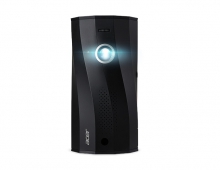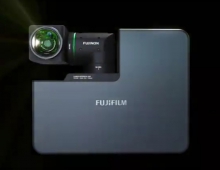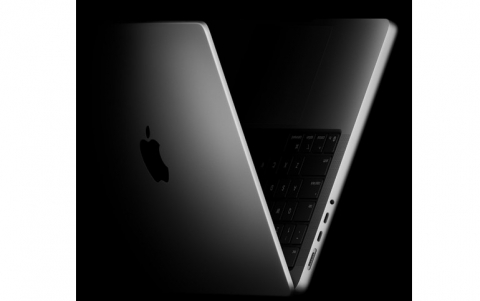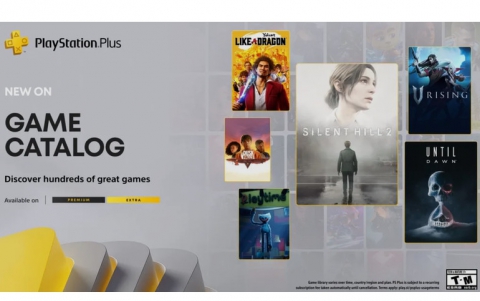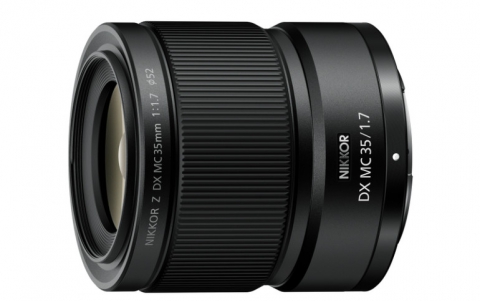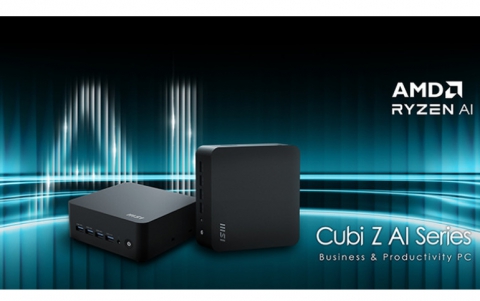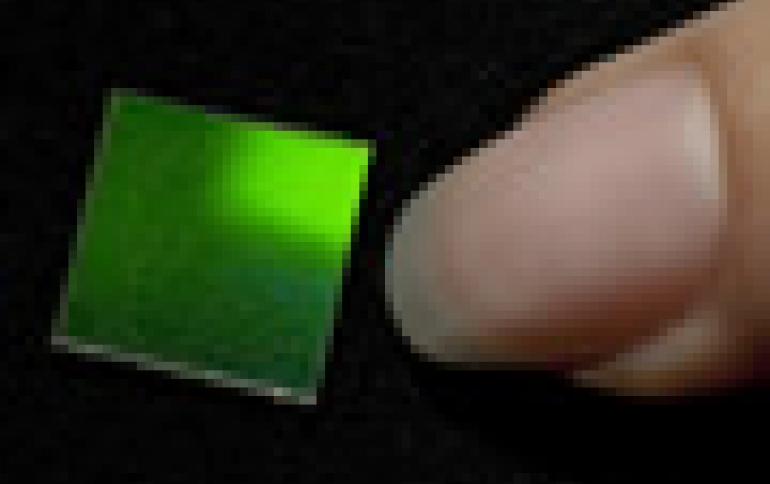
DNP Develops Technology to Prevent Scintillation on Projectors and Displays Using Laser Light Sources
Dai Nippon Printing Co., Ltd. (DNP) has applied the multi-recording and light-forming functions of holograms in the development of technology to reduce speckle noise that is the cause of scintillation generated on projectors and displays that use laser light sources.
Amid the practical advances seen in recent years in Light Emitting Diodes (LED) as the light source for displays, projectors and illuminations, laser light-sources with longer life, reduced power-consumption, and where it is possible to downsize the optical components, have been in the spotlight as new light sources following on from LED. Laser light comprises high straight line performance, and compared with LED that tends to diffuse in a radial fashion, is extremely bright with high color purity, and as a result, has superior color reproduction characteristics. Compared to other light sources, when used with a projector it is possible to reduce the number of optical components leading to down-sizing, which further facilitates incorporation into mobile terminals. And by switching the high-pressure mercury lamp, used with currently available projectors, to laser light sources, it is possible to remove the use of mercury. In the case of laser, however, the light scattered on the light source unit and screen that serves as the irradiated surface interferes with each other, and is prone to generate speckle noise, which, as the name suggests, appears as a fine mottled splashing, which is in turn the cause of scintillation.
DNP has used volume hologram film with its superior mass production attributes, and has developed a technology for reducing this speckle noise. Volume hologram is a hologram capable of recording extreme amounts of data, with studies presently being made regarding applications to areas including large-capacity memories. As the hologram comprises superior spatial and depth expression, and the materials and manufacturing process are special, it is extremely difficult to counterfeit the hologram, which as a result can be also used for security uses.
With currently available technology it has only been possible to reduce speckle noise generated by the light source unit, but with this newly developed technology it has become possible to effectively reduce speckle noise generated on the screen, and as a result, can be used with a variety of devices including rear-projection and front-projection displays.

Speckle noise is generated by the light source unit and the screen. With existing technology a revolving diffuser panel is inserted into the light path, and by projecting averaged interference patterns onto the screen, it has been possible to reduce the speckle noise originating in the light source unit. With speckle noise generated on the screen, however, it has been possible to reduce this by rotating the screen, but this required structurally based ingenuity to spin big-screens, and as a result it was not easy to put on a business footing.

The new technology developed by DNP uses volume hologram functions that reproduce the same image in the same position no matter which point on the hologram the light beam is projected upon. By projecting the laser light source as a beam on various points of the hologram in a repeated fashion with an optical scanning device, such as a scan-mirror, the angle of incidence on the images reproduced on the screen constantly changes, and generates numerous interference patterns. As a result, the interference patterns are averaged, and it is possible to reduce speckle noise. Also, as the laser beam shaping and homogenizing of light intensity can be carried out with the hologram, optical components such as the diffuser and the lens array are no longer necessary. As it possible to obtain a speckle noise reduction effect, regardless of the laser beam configuration or the scope of interference, it is possible to apply this technology to a variety of lasers. As the technology can be freely set up to match the uses of the reproduced image configurations, apart from displays and projectors, envisaged uses include sensors, such as 3D scanners that can capture clear configurations with reduced speckle noise, and image devices.
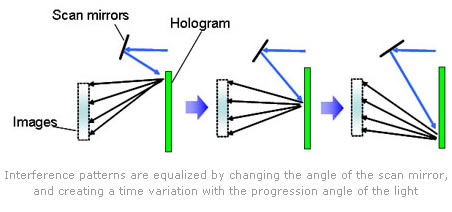
DNP's newly developed technology is applicable with a variety of optical devices and the company plans to make proposals based on this technology to companies engaged in a broad array of areas, beginning with optical equipment makers, and images, sensors, and illuminations. With the cooperation of these companies DNP will assess this technology and plan to launch sample shipments of volume holograms compatible with this technology from early 2011.
DNP has used volume hologram film with its superior mass production attributes, and has developed a technology for reducing this speckle noise. Volume hologram is a hologram capable of recording extreme amounts of data, with studies presently being made regarding applications to areas including large-capacity memories. As the hologram comprises superior spatial and depth expression, and the materials and manufacturing process are special, it is extremely difficult to counterfeit the hologram, which as a result can be also used for security uses.
With currently available technology it has only been possible to reduce speckle noise generated by the light source unit, but with this newly developed technology it has become possible to effectively reduce speckle noise generated on the screen, and as a result, can be used with a variety of devices including rear-projection and front-projection displays.

Speckle noise is generated by the light source unit and the screen. With existing technology a revolving diffuser panel is inserted into the light path, and by projecting averaged interference patterns onto the screen, it has been possible to reduce the speckle noise originating in the light source unit. With speckle noise generated on the screen, however, it has been possible to reduce this by rotating the screen, but this required structurally based ingenuity to spin big-screens, and as a result it was not easy to put on a business footing.

The new technology developed by DNP uses volume hologram functions that reproduce the same image in the same position no matter which point on the hologram the light beam is projected upon. By projecting the laser light source as a beam on various points of the hologram in a repeated fashion with an optical scanning device, such as a scan-mirror, the angle of incidence on the images reproduced on the screen constantly changes, and generates numerous interference patterns. As a result, the interference patterns are averaged, and it is possible to reduce speckle noise. Also, as the laser beam shaping and homogenizing of light intensity can be carried out with the hologram, optical components such as the diffuser and the lens array are no longer necessary. As it possible to obtain a speckle noise reduction effect, regardless of the laser beam configuration or the scope of interference, it is possible to apply this technology to a variety of lasers. As the technology can be freely set up to match the uses of the reproduced image configurations, apart from displays and projectors, envisaged uses include sensors, such as 3D scanners that can capture clear configurations with reduced speckle noise, and image devices.

DNP's newly developed technology is applicable with a variety of optical devices and the company plans to make proposals based on this technology to companies engaged in a broad array of areas, beginning with optical equipment makers, and images, sensors, and illuminations. With the cooperation of these companies DNP will assess this technology and plan to launch sample shipments of volume holograms compatible with this technology from early 2011.

